

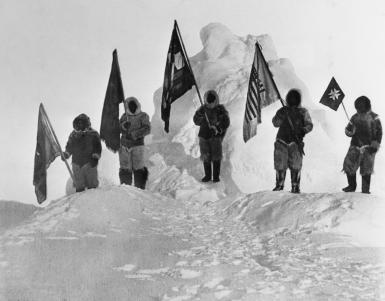
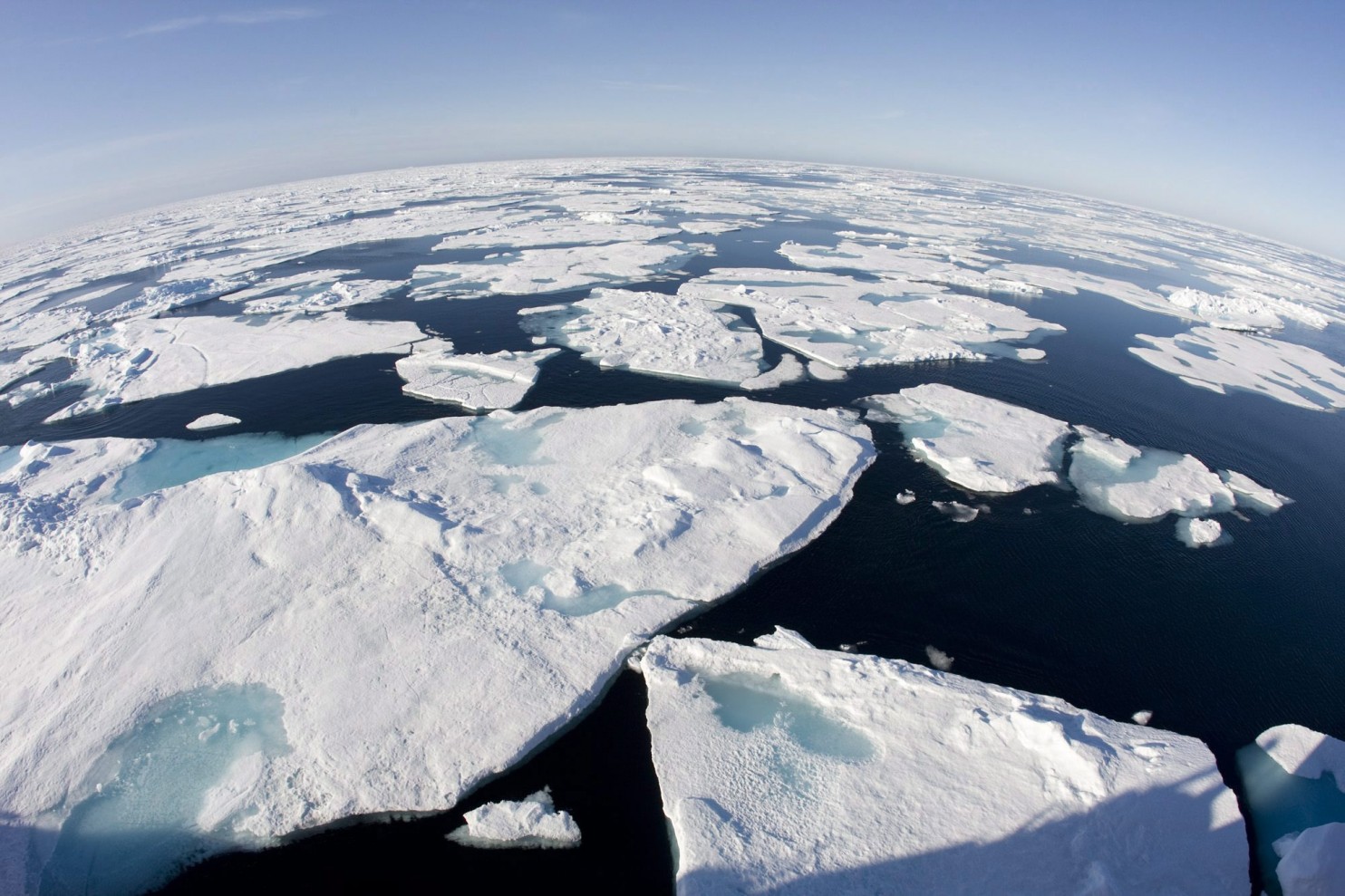
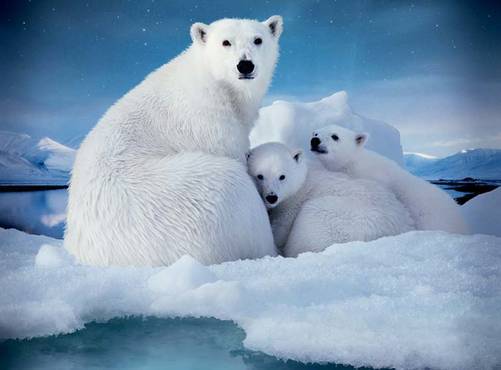
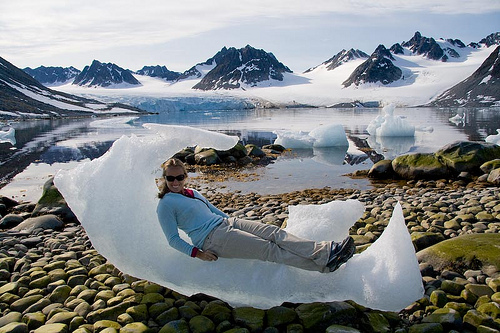
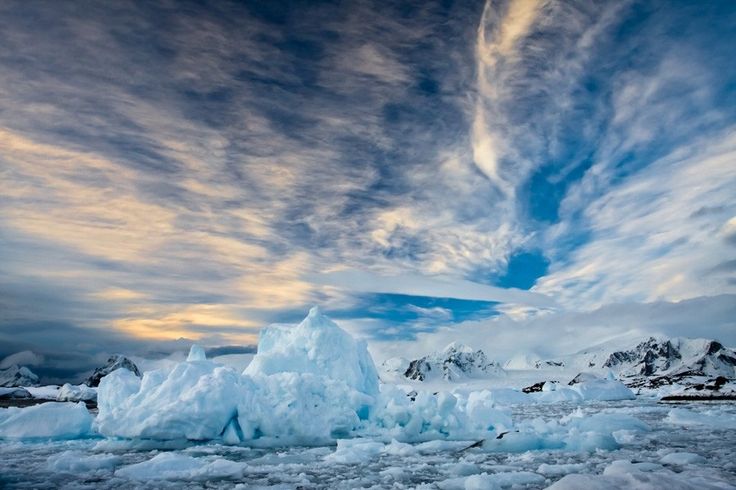
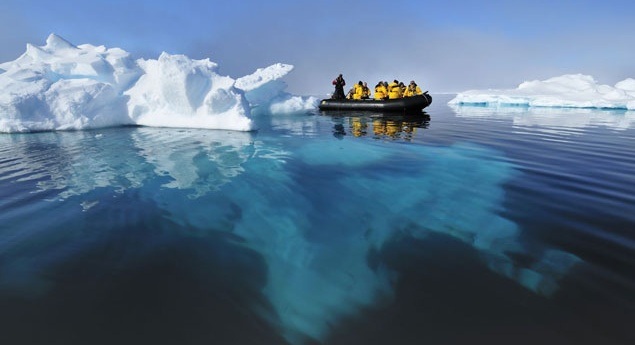
All the lines of longitude meet at the North Pole.
Arctic cod take shelter in areas underneath the sea ice.
During the Middle Ages, between approximately 850 and 1066 AD, groups of Norse explorers and warriors called Vikings raided and colonized other regions within and near the Arctic such as Greenland, Iceland, and northern Russia
During the winter, the Arctic ice pack grows to the size of the United States. In the summer, half of the ice disappears.
July is the North Pole's warmest month, when the mean temperature rises to a freezing 0 degrees Celsius. In February, the average temperature is -35 degrees Celsius.
On May 9, 1926, Richard Byrd and Floyd Bennett became the first people to reach the pole by airplane.
Robert E. Peary was the first person to reach the North Pole, on April 6, 1909. He travelled to the North Pole on dog sled.
The Arctic has a number of natural resources, including fish, oil, gas and various minerals.
The Arctic region is found in the northernmost part of Earth.
The coldest recorded temperature in the Arctic is around -68 degree C (-90 degreeF).
The Inuit are the native cultures that continue to live on coastal areas of Arctic tundra in Canada, Alaska (USA), Siberia (Russia), and Greenland.
The legend of the unicorn is alive in the Arctic. The Narwhal is a smaller whale that lives most of its life north of the Arctic Circle. One of the Narwhal's two teeth grows into a distinctive tusk, which can reach 10 feet in length- earning the animal the name, the "unicorn of the sea."
The Sun does not set in the summer solstice on June 21 in the north
The sun rises in March and sets in September.
The tiny Arctic tern undertakes the world's longest migration-traveling nearly from pole to pole. The bird breeds in the Arctic Circle, but migrates during the Northern Hemisphere winter to the edges of the Antarctic ice pack. The annual journey is around 35,000 kilometers, nearly equal to flying all the way around the world.
The U.S. atomic submarine Nautilus became the first vessel to cruise under the North Pole, in 1958.
There is a North Pole marathon every year since 2002, with an average wind chill temperature of 22 degrees below zero
There is no land beneath the ice of the North Pole. The Arctic ice cap is a shifting pack of sea ice which is 2-3 meters thick, floating above the 4,000 meters deep Arctic Ocean.
Thirty percent of the world's untapped oil reserves are located in the Arctic Circle
When you are standing on the North Pole, any direction you point is South!
While Arctic ice is always dynamic- increasing during winter and shrinking during summer- during recent decades the ice cap has been shrinking in both area and thickness, due to global warming.